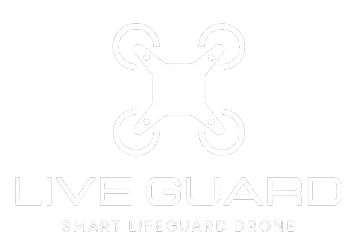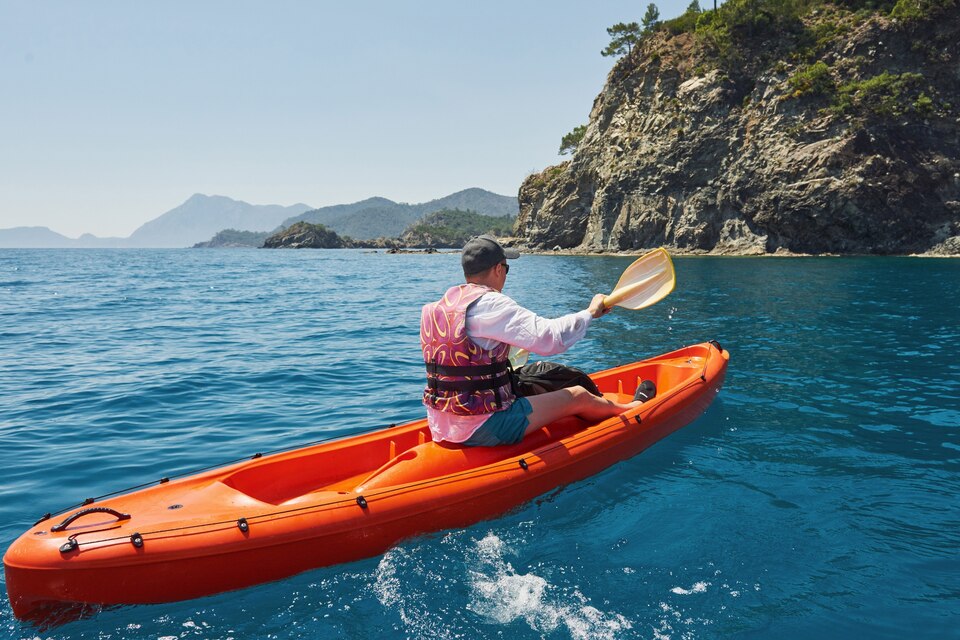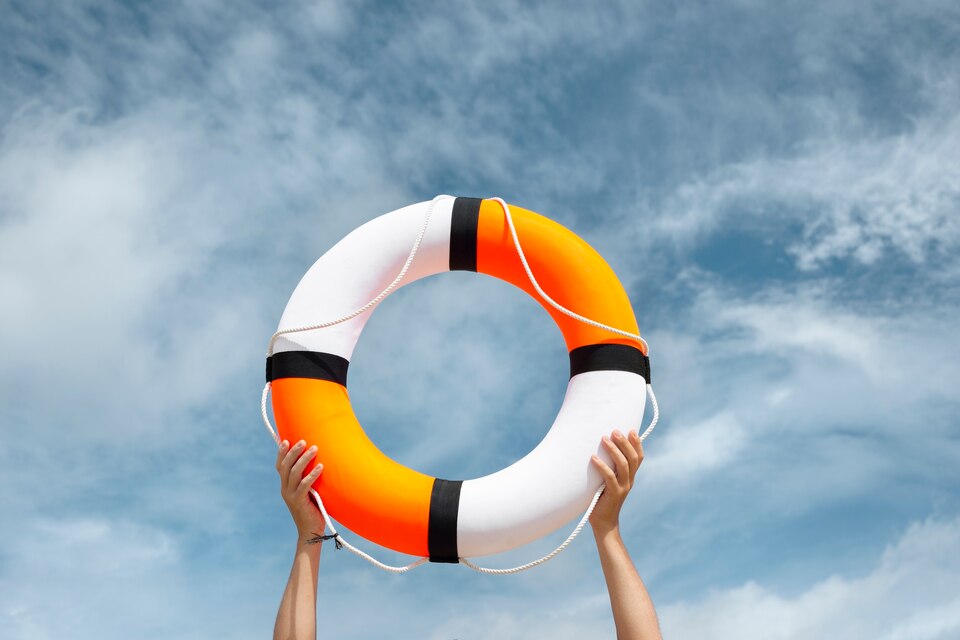Introduction
Water-related activities are integral to our daily lives, offering relaxation, recreation, and even life-saving practices. However, as enjoyable as water activities can be, they also pose significant risks. Drowning remains one of the leading causes of accidental death worldwide, with thousands of lives lost each year in aquatic environments. While traditional safety measures like lifeguards, floatation devices, and swimming lessons have been crucial in mitigating these risks, new technology-driven solutions are providing even more effective ways to protect swimmers, boaters, and water sports enthusiasts.
The rapid advancements in technology, particularly in the realms of wearable devices, sensors, drones, and AI-driven systems, are revolutionizing water safety. These innovations are helping identify potential dangers before they escalate, offering real-time alerts, and even preventing accidents altogether. As we look toward the future, tech-driven solutions are shaping a safer aquatic environment, ensuring that we can enjoy water activities with greater peace of mind. In this article, we will explore some of the latest technological advancements designed to enhance water safety and contribute to a more secure aquatic future.
Key Technological Innovations in Water Safety
With the constant development of new technologies, the landscape of water safety is evolving. From wearables to AI monitoring systems, these innovations are playing a crucial role in reducing drowning incidents and improving overall water safety.
Smart Wearables for Water Safety
One of the most promising advancements in water safety technology is the development of smart wearables. These devices are designed to monitor swimmers’ vital signs and movements, providing real-time data that can be used to prevent accidents. Many smart wearables are equipped with sensors that detect sudden changes in a swimmer’s position, such as rapid submersion or an inability to move, and can alert lifeguards or emergency services to intervene before it’s too late.
In addition to tracking heart rate, body temperature, and other vital signs, some wearables also include GPS functionality to pinpoint the swimmer’s location in case of distress. These devices can be particularly beneficial for children, elderly individuals, and people with disabilities who may face increased risks in the water. Furthermore, some wearables offer alerts to remind swimmers to stay hydrated or take breaks, helping to prevent overexertion during water-based activities.
AI-Powered Monitoring Systems
Artificial intelligence is making waves in the world of water safety by enabling predictive analytics and real-time monitoring. AI-driven systems use cameras and sensors to monitor swimming pools, beaches, and open water areas. These systems can detect abnormal behaviors, such as a person who is struggling to stay afloat or a swimmer who has been motionless for too long, and instantly notify lifeguards or emergency responders.
One of the key advantages of AI-powered systems is their ability to learn from past incidents and improve over time. By analyzing vast amounts of data, AI can predict high-risk situations and provide recommendations on where to allocate resources more effectively. For example, AI systems can identify patterns in drowning incidents based on factors like weather conditions, water temperature, and time of day, allowing authorities to implement proactive safety measures in areas with a higher risk of accidents.
Drones for Aerial Surveillance and Rescue
Drones are also playing an increasingly important role in enhancing water safety, particularly in large-scale rescue operations. Equipped with high-definition cameras and thermal imaging technology, drones can quickly assess aquatic environments and locate people in distress. These devices can be deployed from shore or a boat, allowing rescuers to cover large areas in a short amount of time, even in difficult or hard-to-reach places.
Drones are particularly useful in open-water rescues, where traditional methods of surveillance might not be as effective. In addition to locating individuals, drones can be used to drop lifesaving equipment such as flotation devices, offering immediate assistance to those in need. This technology is proving to be a valuable tool for search and rescue teams, helping to improve response times and save lives in emergency situations.
2.Enhancing Water Safety Education and Awareness with Technology
While technology plays a crucial role in rescue operations, it is also significantly improving how we approach water safety education and awareness. By leveraging digital tools and platforms, educators can better prepare individuals to recognize risks and respond to emergencies in aquatic environments.
Virtual Reality (VR) for Training and Simulation
Virtual reality is transforming how water safety training is conducted, offering an immersive and highly effective way to prepare individuals for real-life situations. VR training modules can simulate a variety of aquatic emergencies, such as drownings, boating accidents, and water rescues, allowing trainees to practice their response without the risks associated with live training exercises. These simulations provide a safe and controlled environment for first responders, lifeguards, and swimmers to learn life-saving techniques and decision-making skills.
For example, VR can recreate scenarios where a swimmer is in distress, allowing lifeguards to practice rescuing the person using the correct techniques. It can also help teach proper CPR, first aid, and rescue protocols, providing users with valuable hands-on experience that enhances their confidence and effectiveness in real situations.
Mobile Apps for Real-Time Water Safety Information
Mobile applications are increasingly being used to provide swimmers and water sports enthusiasts with real-time water safety information. These apps can provide data on water quality, weather conditions, rip currents, and other environmental factors that can affect safety. They can also alert users to potential hazards, such as water contamination or dangerous swimming conditions, helping swimmers make informed decisions before entering the water.
In addition, many of these apps include emergency response features, allowing users to quickly contact lifeguards or emergency services if they encounter difficulties while swimming. Some apps even integrate with wearable devices, offering seamless communication between swimmers, lifeguards, and rescuers during emergencies.
Social Media and Online Campaigns to Raise Awareness
Social media platforms are a powerful tool for spreading awareness about water safety. Through online campaigns and educational content, safety organizations can reach large audiences and share critical information about safe swimming practices, drowning prevention, and the importance of water safety gear. Social media campaigns also help educate the public about the latest technological solutions available for water safety, encouraging the adoption of these tools in recreational activities and rescue operations.
By leveraging social media, water safety organizations can connect with individuals and communities worldwide, spreading important messages about the risks of water activities and how to prevent accidents.
Stay informed about the latest in water safety technology!
Explore our other blog posts to learn more about cutting-edge solutions that are transforming the way we stay safe in the water.
Conclusion
As technology continues to advance, the future of water safety looks brighter than ever. From smart wearables and AI-powered monitoring systems to drones and VR training tools, the innovations transforming aquatic environments are making water-based activities safer for everyone. By combining these technologies with education and awareness campaigns, we can reduce the risks associated with water activities and save countless lives in the process. Embracing these tech-driven solutions is not just a luxury but a necessity for creating a safer, more secure future in aquatic environments. As we move forward, it’s clear that technology will continue to play an integral role in enhancing water safety and ensuring that we can enjoy the water with greater peace of mind.



